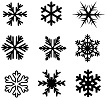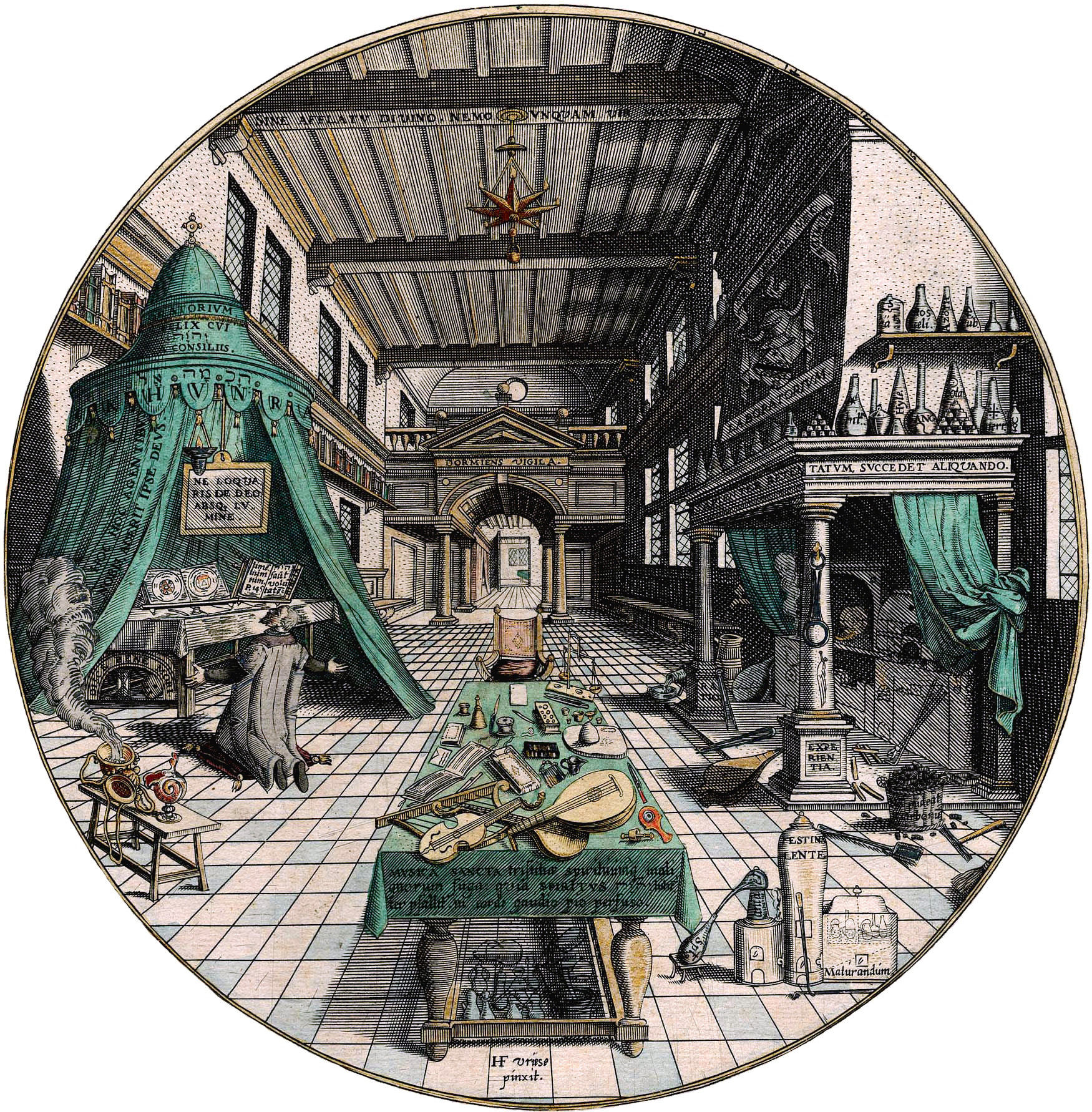Clearing a Path on Campus
- Home Page 6

Building Construction in Cold Weather
Much of our assertion that building construction in education communities resembles a perpetual motion machine rests upon innovation in a broad span of technologies that is effectively weather resistant; that along with development of construction scheduling. Today at 16:0 UTC we review the technical, management and legal literature that supports safe and sustainable construction,
1. Cold-Weather Concrete Technology
-
- Accelerating Admixtures: These are chemical additives that speed up the curing process of concrete, allowing it to set even in low temperatures.
- Heated Concrete Blankets: Electric blankets that maintain a consistent temperature around freshly poured concrete.
- Hot Water Mixing: Using heated water during the mixing process to ensure that concrete maintains the proper temperature for curing.
- Air-Entrained Concrete: Helps resist freeze-thaw cycles by creating tiny air pockets in the concrete.
2. Temporary Heating Solutions
-
- Portable Heaters: Diesel, propane, or electric heaters used to maintain a warm environment for workers and materials.
- Enclosed Workspaces: Temporary enclosures (tents or tarps) around construction areas retain heat and shield against snow and wind.
3. Advanced Building Materials
-
- Cold-Weather Asphalt: Modified asphalt that can be laid at lower temperatures.
- Pre-fabricated Components: Factory-assembled parts (walls, beams) that reduce on-site work in harsh conditions.
4. Insulation Techniques
-
- Insulated Tarps and Blankets: Used to cover construction materials and newly laid concrete to prevent freezing.
- Frost-Protected Shallow Foundations: Insulation techniques to keep ground temperatures stable and prevent frost heave.
5. Ground Thawing Technologies
-
- Hydronic Ground Heaters: Circulate heated fluid through hoses laid on frozen ground to thaw it before excavation or foundation work.
- Steam Thawing: Direct steam application to melt snow or thaw frozen soil.
6. Lighting Solutions
-
- High-Intensity LED Lights: Compensate for reduced daylight hours to ensure safe and efficient work conditions.
7. Weather-Resistant Machinery
-
- Winterized Equipment: Construction equipment with heated cabins, antifreeze systems, and enhanced traction for icy conditions.
8. Workforce Adaptations
-
- Cold-Weather Gear: Heated clothing, gloves, and footwear keep workers safe and productive.
- Modified Work Schedules: Shorter shifts or daytime-only work to limit exposure to extreme cold.
9. Snow and Ice Management
-
- Deicing Solutions: Chemical deicers and mechanical snow-removal equipment keep work areas safe and accessible.
- Heated Surfaces: Embedded heating systems in ramps or entryways prevent ice buildup.
The Occupational Safety and Health Administration does not have a specific regulation solely dedicated to building construction in cold winter weather. However, several OSHA standards and guidelines are applicable to address the hazards and challenges of winter construction work. These regulations focus on worker safety, protection from cold stress, proper equipment use, and general site safety. Key applicable OSHA regulations and guidance include:
1. Cold Stress and Temperature Exposure
- General Duty Clause (Section 5(a)(1)): Employers are required to provide a workplace free from recognized hazards likely to cause death or serious physical harm. This includes addressing cold stress hazards, such as hypothermia, frostbite, and trench foot.
- OSHA Cold Stress Guide: OSHA provides guidance on recognizing, preventing, and managing cold stress but does not have a specific cold stress standard.
2. PPE (Personal Protective Equipment)
- 29 CFR 1926.28: Requires employers to ensure the use of appropriate personal protective equipment.
- 29 CFR 1910.132: General requirements for PPE, including insulated gloves, boots, and clothing to protect against cold weather.
3. Walking and Working Surfaces
- 29 CFR 1926.501: Fall Protection in Construction. Ice and snow can increase fall risks, so proper precautions, including removal of hazards and use of fall protection systems, are required.
- 29 CFR 1926.451: Scaffolding. Specific safety measures must be implemented to ensure stability and secure footing in icy conditions.
4. Snow and Ice Removal
- Hazard Communication Standard (29 CFR 1910.1200): Ensures workers are informed about hazards related to de-icing chemicals or other substances used in winter construction.
5. Powered Equipment
- 29 CFR 1926.600: Equipment use, requiring machinery to be properly maintained and adjusted for cold-weather operations, including anti-freeze measures and winterization.
6. Excavations and Frost Heave
- 29 CFR 1926.651 and 1926.652: Excavation standards. Frozen ground and frost heave pose additional risks during trenching and excavation activities.
7. Temporary Heating
- 29 CFR 1926.154: Requirements for temporary heating devices, including ventilation and safe usage in confined or enclosed spaces.
8. Illumination
- 29 CFR 1926.56: Lighting standards to ensure sufficient visibility during reduced daylight hours in winter.
9. Emergency Preparedness
- First Aid (29 CFR 1926.50): Employers must ensure quick access to first aid, especially critical for treating cold-related illnesses or injuries.
10. Hazard Communication and Training
- 29 CFR 1926.21(b): Employers must train employees on recognizing winter hazards, such as slips, trips, falls, and cold stress.
By following these OSHA standards and implementing additional best practices (e.g., scheduling breaks in heated shelters, providing warm beverages, and encouraging layered clothing), employers can ensure a safer construction environment during winter conditions.
Related:
Electrical heat tracing: international harmonization-now and in the future
Electrical heat tracing: international harmonization-now and in the future
Electrical heat tracing: international harmonization-now and in the future
C. Sandberg
Tyco Thermal Controls
N.R. Rafferty – M. Kleinehanding – J.J. Hernandez
E.I. DuPont de Nemours & Company, Inc
Abstract: In the past, electrical heat tracing has been thought of as a minor addition to plant utilities. Today, it is recognized as a critical subsystem to be monitored and controlled. A marriage between process, mechanical, and electrical engineers must take place to ensure that optimum economic results are produced. The Internet, expert systems, and falling costs of instrumentation will all contribute to more reliable control systems and improved monitoring systems. There is a harmonization between Europe and North America that should facilitate design and installation using common components. The future holds many opportunities to optimize the design.
CLICK HERE to order complete paper
Home Economics
Today at the usual hour we review the standards, codes, regulations and best practice literature for the safety and sustainability of facilities for teaching skills needed for supporting families.
You could hear a pin drop in this room 📌 So focused practicing for their exam 🧑🏻🍳 pic.twitter.com/lHw20avgnL
— Miss Dunne (@MissDunne1042) December 3, 2024
Well Water Quality
Michigan Central | Water 330 | 2021 Michigan Plumbing Code
Protect the water quality of your water well
One of the first activities upon waking is interacting with water. Approximately 25% of households in the state of Michigan rely on private well water as their primary drinking water source. This figure comes from the Michigan Department of Environment, Great Lakes, and Energy (EGLE), which estimates nearly 1.12 million households use private wells out of a total of roughly 4.1–4.6 million households statewide (based on U.S. Census data and population estimates of about 10 million residents, with an average household size of 2.5).
Other sources, such as Michigan State University Extension and the Michigan Water Stewardship Program, report slightly higher figures of 44–45% for overall groundwater reliance (including public systems drawing from aquifers), but the specific share for private household wells aligns with the 25% estimate from EGLE. Rural and southeastern areas of the state have the highest concentrations.
Sunday Brunch Menu | 10:30 – 1:30 AM Heritage Room
Michigan State was recently named a “dream school” in the nation, a university that’s not focused on prestige, but on value, access and outcomes. pic.twitter.com/ZMnO5szPMd
— MSU (@michiganstateu) November 7, 2025
Most non-Midwesterners have no idea how violent and deadly the Great Lakes get 🙏🙏 pic.twitter.com/25coVuUjaM
— G-PA INDY (@GPAIndiana) November 8, 2025
Readings: Domestic Science
This content is accessible to paid subscribers. To view it please enter your password below or send mike@standardsmichigan.com a request for subscription details.
Testing, Inspection & Certification
The size of the U.S. Testing, Inspection, and Certification (TIC) industry is approximately $48.19 billion in 2023 and is projected to grow to about $60.06 billion by 2032. The industry is driven by factors such as increasing government regulatory action, consumer awareness about safety, and the rising need for quality assurance in various sectors like automotive, healthcare, consumer goods, municipal and campus building construction. TIC standards are found in design guidelines, construction contracts, building commissioning and acceptance.
Today we focus on the public commenting facilities of the dominant standards developers relevant to our work:
ASTM International
Intertek
International Electrical Testing Association (Portage, Michigan)
NSF International (Ann Arbor, Michigan)
Underwriters Laboratories
Each of the foregoing organizations have global affiliates such as SGS, Bureau Veritas, and TÜV SÜD which we cover in a separate session at some point in the future. We deal with electrotechnical TIC standards in any of our electrotechnology-oriented sessions every Tuesday.
Use the login credentials at the upper right of our home page.
Acceptance Testing Specifications for Electrical Power Equipment & Systems
Home | Kalamazoo County Michigan
Mike Anthony’s Colleague Gary Walls (Going way back to 1983) President Emeritus of NETA
Current title undergoing revision: Standard for Maintenance Testing Specifications for Electrical Power Equipment and Systems
- PINS: March 14 – April 13, 2025
- Working Groups: November 2026 – March 2026
- Ballot Pool Pre-canvas: Current – April 2026
- Initial Ballot/Public Comment Period: July 2026
- Recirculation Ballot/Public Comment Period: September 2026
- BSR-9 Submission: January 2027
- Anticipated Publication Date: February-March 2027
N.B. The NETA stack runs on a 5-year revision cycle.
New update alert! The 2022 update to the Trademark Assignment Dataset is now available online. Find 1.29 million trademark assignments, involving 2.28 million unique trademark properties issued by the USPTO between March 1952 and January 2023: https://t.co/njrDAbSpwB pic.twitter.com/GkAXrHoQ9T
— USPTO (@uspto) July 13, 2023
Standards Michigan Group, LLC
2723 South State Street | Suite 150
Ann Arbor, MI 48104 USA
888-746-3670
























